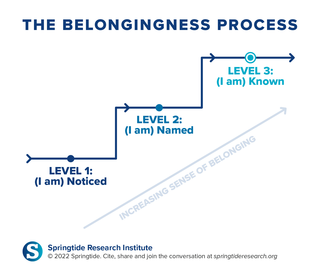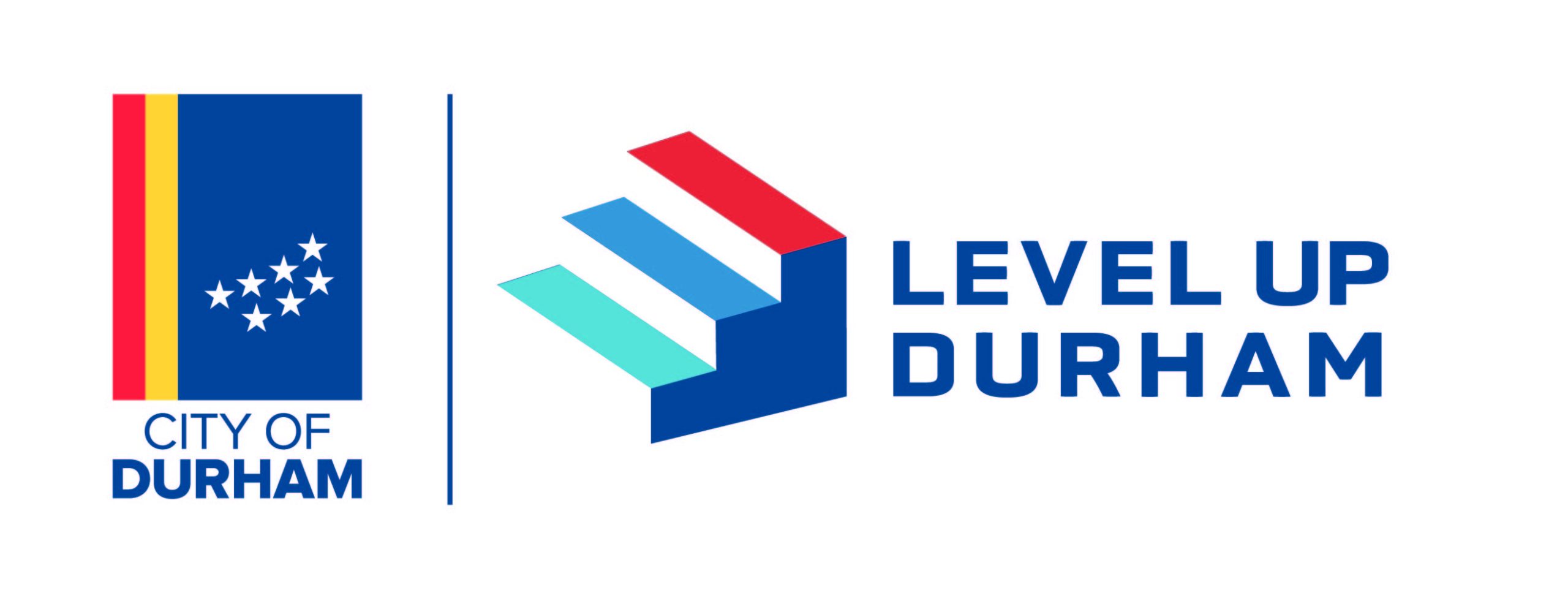![]()
Prosperity
![]()
![]()
![]()
![]()
Status Indicator: ![]() In Progress |
In Progress | ![]() On Hold |
On Hold | ![]() Complete/Ongoing
Complete/Ongoing
Initiative: 2.12 Partner with educational institutions for outreach to vulnerable youth
Creating a Safer Community Together
Description
This initiative aims to partner with educational institutions to provide support to vulnerable youth. Vulnerable youth, such as those from low-income families, marginalized communities, or facing challenging circumstances, often lack access to quality education and support systems. By collaborating with educational institutions, we can use their expertise, resources, and infrastructure to reach a wider audience of vulnerable youth and offer them opportunities for personal growth, skill development, and academic advancement. This initiative is important as it addresses educational disparities and helps break the cycle of poverty and social exclusion, empowering these young individuals to lead more fulfilling lives and contribute positively to their communities. Additionally, the partnership model ensures a sustainable approach by fostering long-term collaborations between our organization and educational institutions committed to making a lasting impact on the lives of vulnerable youth.
Key Measures & Data Analysis

- School-related stress is a major factor in young people's mental health.
- Schools, and the adults within them, are perfectly positioned to prioritize mental well-being in supportive environments.
- Focusing on connection, expectations, and purpose can set a foundation for youth mental wellness that helps prevent problems.
Why is it important?
This initiative's collaboration with educational institutions will be a transformative force in advancing the objective of reaching and supporting vulnerable youth. The combined effort and expertise will amplify the impact of outreach programs, provide valuable resources, and create a sustainable framework for empowering vulnerable youth to lead more fulfilling and successful lives.
What have we been doing?
- Conduct research on socio-economic factors, educational challenges, and mental health aspects affecting vulnerable youth.
- Form relationships with Duke, NCCU, and DTCC.
- Establish ongoing visits to P.O.O.F. every other Monday: The youth provided feedback and asked great questions during our first visit, which encourages developing sessions geared towards their feedback.
- Evaluate results of the first part of the comprehensive needs assessment in collaboration with student volunteers and faculty from the partner institutions.
- Create curriculum for P.O.O.F Visits: A schedule of visitors based on interests expressed by youth.
What's next?
Established a schedule to visit P.O.O.F. every other Monday: The youth provided feedback and asked great questions during our first visit, which encourages developing sessions geared towards their feedback.
Data Collection and Impact Measurement: Are we making a difference? Tracking outreach numbers, program impact, mental health, school interactions, and community engagement.
Expand Volunteer Engagement: Continue to grow our team of volunteers to interact with youth on alternate days, increasing our overall reach.
Report and Communicate Progress: Share regular updates and celebrate success stories to highlight program achievements.
Prepare for Future Funding Opportunities: Identify potential funding sources by exploring grant opportunities, partnerships, and sponsorships to secure additional funding for program expansion in FY27.
City Website Home Page: Durham, NC | Official Website (durhamnc.gov)
Budget Website Page: Budget & Management Services Department | Durham, NC (durhamnc.gov)
Budget and Management Services Department
Office of Performance and Innovation
Strategy and Performance Division
